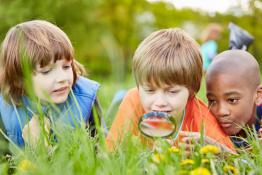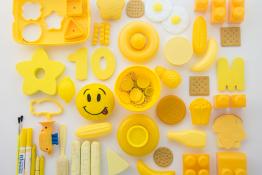Primary Science Swap Shop

ASE’s Primary Science journal archives contain a wealth of helpful material and resources, often timeless and still relevant today, which you can implement in the classroom quickly and easily. We recognise that it is not always easy to find what you are looking for with such a large bank of teaching resources being accessible in this longstanding publication.
We felt that it would be helpful to collate some of the most useful resources from prevous issues of Primary Science in one, easy to navigate place. Here you will find downloadable PDFs of Science Swap Shop activities for ages 3-5, 5-7, 7-9 and 9-11, which use fairly minimal equipment to help keep them low-prep and easy to implement quickly - many of which can also be implemented during distanced learning if children have access to the equipment at home.


